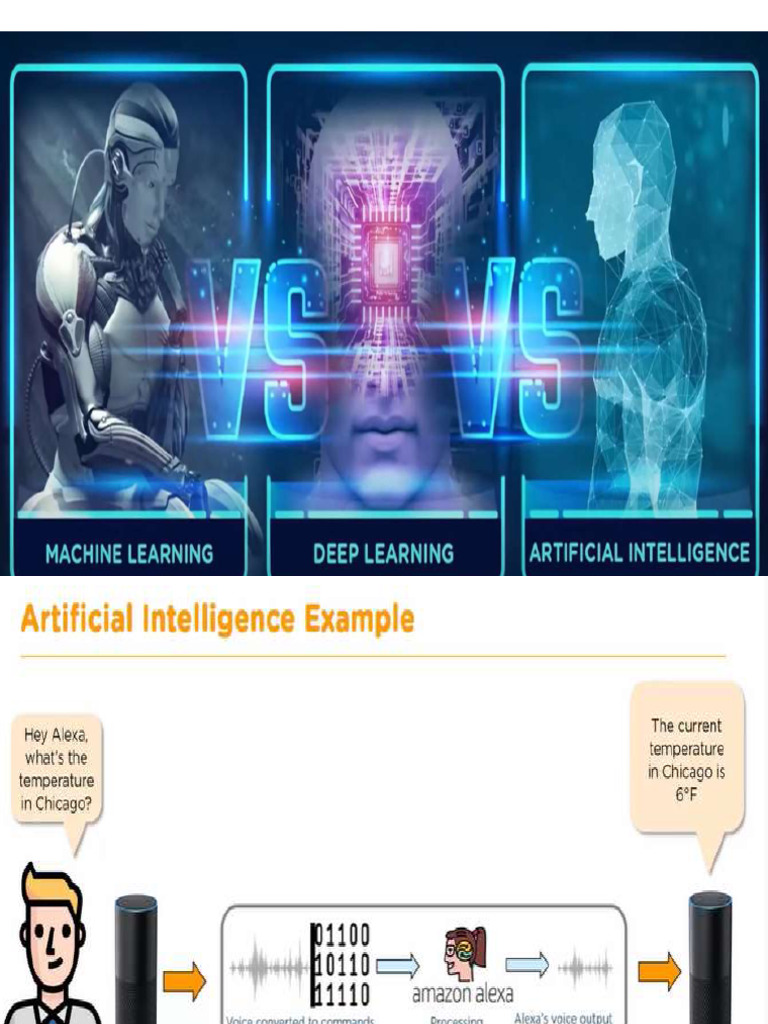In the contemporary landscape of technology and innovation, the ever-expanding fields of Artificial Intelligence (AI), Machine Learning (ML), and Deep Learning (DL) beckon aspiring scholars to consider pivotal areas of study: mathematics and computer science. This inquiry invites contemplation on a question that has significant implications for future career trajectories and intellectual endeavors: Should one major in mathematics or computer science to pursue a career in AI, ML, or DL? The answer is multifaceted, demanding an exploration of both disciplines’ fundamentals and their unique contributions to these burgeoning fields.
At the outset, understanding the essential principles of each major is paramount. Mathematics serves as the bedrock of computational theory through its rigorous frameworks and abstract concepts. It encompasses a plethora of branches, including statistics, linear algebra, calculus, and probability—all of which are integral to developing algorithms and optimizing model performance in AI, ML, and DL. Moreover, mathematical reasoning fosters a mindset conducive to complex problem-solving, vital in algorithm design and data interpretation.
Conversely, computer science delves into the practical aspects of computing systems, software development, and algorithmic processes. It equips students with knowledge of programming languages, data structures, and operating systems, thus emphasizing the implementation and execution of logically constructed solutions. In the context of AI, ML, and DL, computer science fosters skills in coding, data wrangling, and systems design, which are essential for applying theoretical principles to real-world scenarios.
Explicating the nuances further, the intersection of mathematics and computer science is where the magic of AI, ML, and DL truly occurs. Those who choose to major in mathematics find that their analytical capabilities provide a robustness in developing sophisticated algorithms. Key mathematical constructs such as optimization techniques and statistical analysis form the backbone of many ML models. Masters of mathematical theory can delve into deeper dimensions of ML, propelling innovations that analyze and predict data trends with precision.
On the other hand, a computer science major is well-prepared to navigate tools and technologies vital for implementing AI systems. Learning to use frameworks such as TensorFlow or PyTorch aligns with the practical necessities of machine learning and deep learning. The agility to manipulate large datasets, coupled with effective coding skills, enables computer scientists to bring theoretical constructs to life, operationalizing sophisticated algorithms efficiently.
Nevertheless, the decision-making process should not rest solely on the intrinsic merits of each discipline but should also consider individual interests and career aspirations. Those drawn towards theoretical exploration, abstract reasoning, and mathematical modeling may discover that a mathematics major aligns better with their intellectual curiosities. Conversely, individuals more inclined to tackle pragmatic coding tasks and system architectures may thrive in a computer science program, which lends itself to hands-on experiences and industry-relevant projects.
As one evaluates these predicaments, another critical dimension emerges: interdisciplinary synergy. The fields of AI, ML, and DL thrive on cross-pollination between mathematics and computer science. For instance, top-tier research institutions often seek individuals who possess a blended skill set, adept at both sophisticated mathematical theory and adept coding techniques. Coupling a strong foundation in math with hands-on programming experiences creates a rare and beneficial combination, one that is highly coveted in the job market.
Furthermore, as technology continues to evolve at a frenetic pace, the demand for professionals skilled in AI, ML, and DL is on a steep incline. Companies across a myriad of sectors are leveraging these innovations for improved productivity, enhanced decision-making, and competitive advantage. The promise of lucrative career opportunities beckons students from both mathematical and computational backgrounds to plunge into this exciting sphere, amplifying their employability. As such, making a choice in this dichotomy ultimately shapes an individual’s readiness to meet the demands of the evolving job market.
A vital aspect to consider is the dynamic interactivity of both disciplines in academic curricula. Many universities now offer collaborative courses that integrate mathematical theory and computer science principles, providing an avenue for students to cultivate expertise in both realms. This pedagogical shift promotes a holistic understanding of AI, ML, and DL, enabling students to approach problems from multifaceted perspectives. Such courses empower the learner to transcend traditional disciplinary boundaries, fostering a comprehensive skill set relevant to the complexities of modern technological challenges.
As a closing reflection, aspiring students should not view the decision to major in mathematics or computer science as a binary choice but rather as a strategic personal alignment with their interests, talents, and career ambitions. Frequent dialogues with academic advisors, industry mentors, and practicing professionals can illuminate the pathways available, guiding individuals to cultivate a trajectory suited to their aspirations. Ultimately, the realms of AI, ML, and DL are ripe with opportunities for those willing to engage both mathematically rigorous and computationally driven approaches.
In summary, the decision to major in mathematics or computer science is not merely an academic one; it is an investment in future potential and influence in the world of AI, ML, and DL. By understanding the foundational tenets of each discipline and recognizing their interdependence, students can carve out paths that are uniquely tailored to harness the profound promises these fields hold for innovation and discovery.












